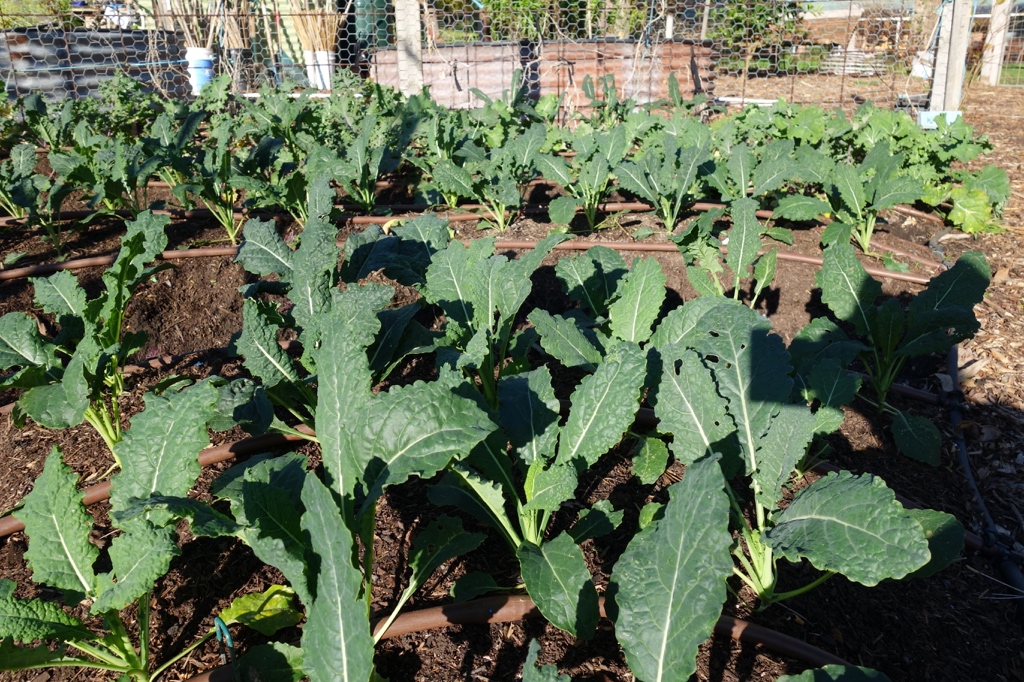Winter is considered by most home owners as somewhat of a “downtime” in the garden. If you are an avid or an aspiring food grower however this time of year is when we can not only continue to grow many crops but also get prepared for future harvests.
While the cool season may see many of our favourite crops fade away, there are many abundant fruit and veggies that can be planted, nurtured and harvested during this period. Vegetables such a leafy greens, broccoli, cauliflower, cabbage, peas, broadbeans, garlic, onions, among others, and many herbs, thrive during these wintery months. Several fruits are also providing natures goodness now, in particular the huge range of citrus that we can grow here on the Peninsula.
Keeping up with successive plantings of your vegies is an important step in linking growing seasons and ensuring that you and your family are receiving the year round pleasures of edible gardening. Depending on the crop and your available space, you will want to be planting new seedlings every two to six weeks to keep up with your meal requirements. Crop rotating is one tool that we use to determine how this process works in the garden, and it is worth familiarising yourself with the process, but it’s not “the be all and end all”. If you are relatively new to edible gardening, what we want to focus on is simply getting new plants in the ground on a regular basis. Even if you have a small patch, there is always room to squeeze in the next plantings. For a few brief examples, broccoli or broccolini can be planted every four weeks, lettuces and radishes every two to three weeks, and dark leafy greens such as spinach and Kale every six weeks (depending on your usage of course).
Perennial vegetables including rhubarb and asparagus can also be planted now as bare-root crowns that will spring to life again as the weather warms.
The cooler months are also the time when we maintain and plant our deciduous fruit trees. Structural pruning, feeding and disease control are all carried out at this time of year. We can grow an extraordinary range of fruit trees on the Peninsula, including apple, pear, quince, peach, nectarine, apricot, plum, mulberry and fig to name a few. Also many nut trees. While caring for these during winter is most important, it is a great time to expand your small home orchard or begin the journey with your first trees. And its not just fruit trees that can go in now. The deciduous cane-berries (raspberries, blackberries, etc.), currants and gooseberries can all be planted now also, and planning for space in your garden for a range of these beauties will surely add some flavour to your summer harvests.
When planned, planted and cared for well, many people are surprised the amount of food you can produce around your home. It’s not so rewarding when you don’t harvest much. But if you manage your garden cleverly regular harvests will become your new norm. And if there’s an oversupply? Well, preserving aside, sharing your excess brings its own joys.
Get inspired.
Happy gardening.


Leave a Reply